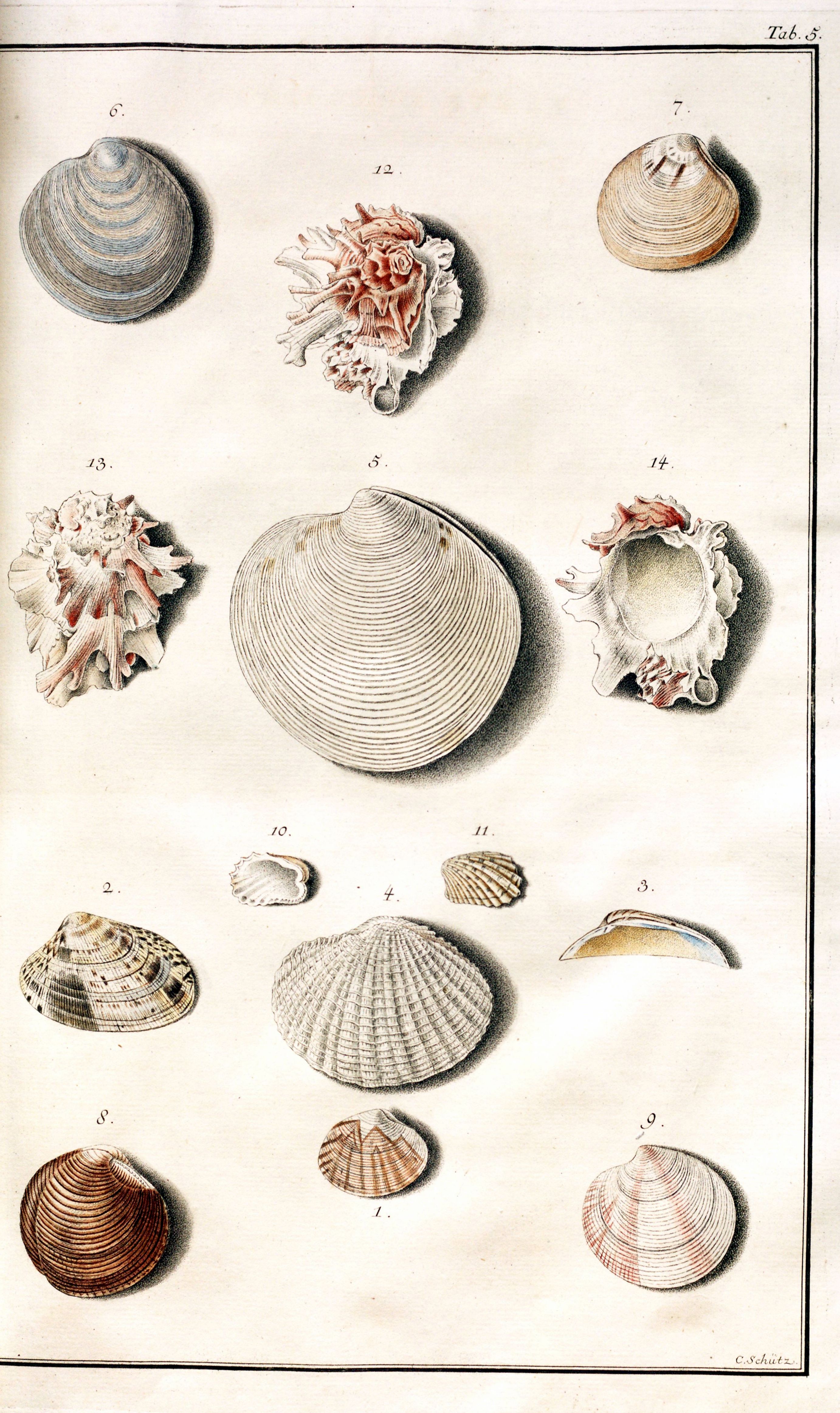Save the date for the next lecture in our Smithsonian Libraries 50th Anniversary series: Silk, Salvage, and Special Collections: The History of Lessing J. Rosenwald’s Graphic Arts Donations Tuesday, September more »
Month: August 2018
What do you imagine a vacation might have been like over a hundred years ago? This brochure from the Trade Literature Collection gives us a glimpse into what some people might have done on their summer vacation in 1909.
The Joseph F. Cullman 3rd Library of Natural History’s 1602 edition of Ulisse Aldrovandi’s De animalibus insectis has always been a favorite of mine, and the rest of our special collections staff. Aside from being the first European work dedicated solely to the natural history of insects and featuring numerous incredible woodcut illustrations, it also retains its beautiful contemporary binding. But this binding is just as dangerous as it is lovely: the green paint adorning the vellum of the front and back boards is laced with arsenic.
This post was contributed by Jessica Downie, 2018 Smithsonian American Art Museum summer intern with the American Art and Portrait Gallery (AA/PG) Library, and a rising senior at Bucknell University.
During my internship this summer, I have been working to merge a recent donation of materials from the Arts Students League of New York (ASL) with the AA/PG Library’s Art & Artist Files. Through the process I have come across a variety of different catalogs, announcements as well as letters and personal notes written to the director, secretary, and archivists of the ASL.
As a commemoration of the Imperial collection of shells in Vienna, the printed folio of Testacea Musei Caesarei Vindobonensis of 1780, is splendid. The eighteen engraved plates, carefully colored more »
This post first appeared on the Biodiversity Heritage Library blog. Historia naturalis ranarum nostratium has been described as one of the most beautiful works devoted to frogs and amphibians. more »

In the Book Conservation Lab we sometimes treat books requiring intricate repairs. In November, Kaigara Danmen Zuan printed in Kyoto in 1913 and authored by Yoichiro Hirase came to us for repair work. It was recently adopted through an Adopt-a-Book event hosted at the Cooper Hewitt, Smithsonian Design Museum. The book itself is from that museum’s library.
Hirase was a prominent malacologist (mollusk scientist) in Japan who collected over 3,500 seashells, 1,000 of which were new discoveries at the time. The idea for this book came from his experimentation with cutting shells at different angles producing cross sections that, when inked, produced interesting stamps.

